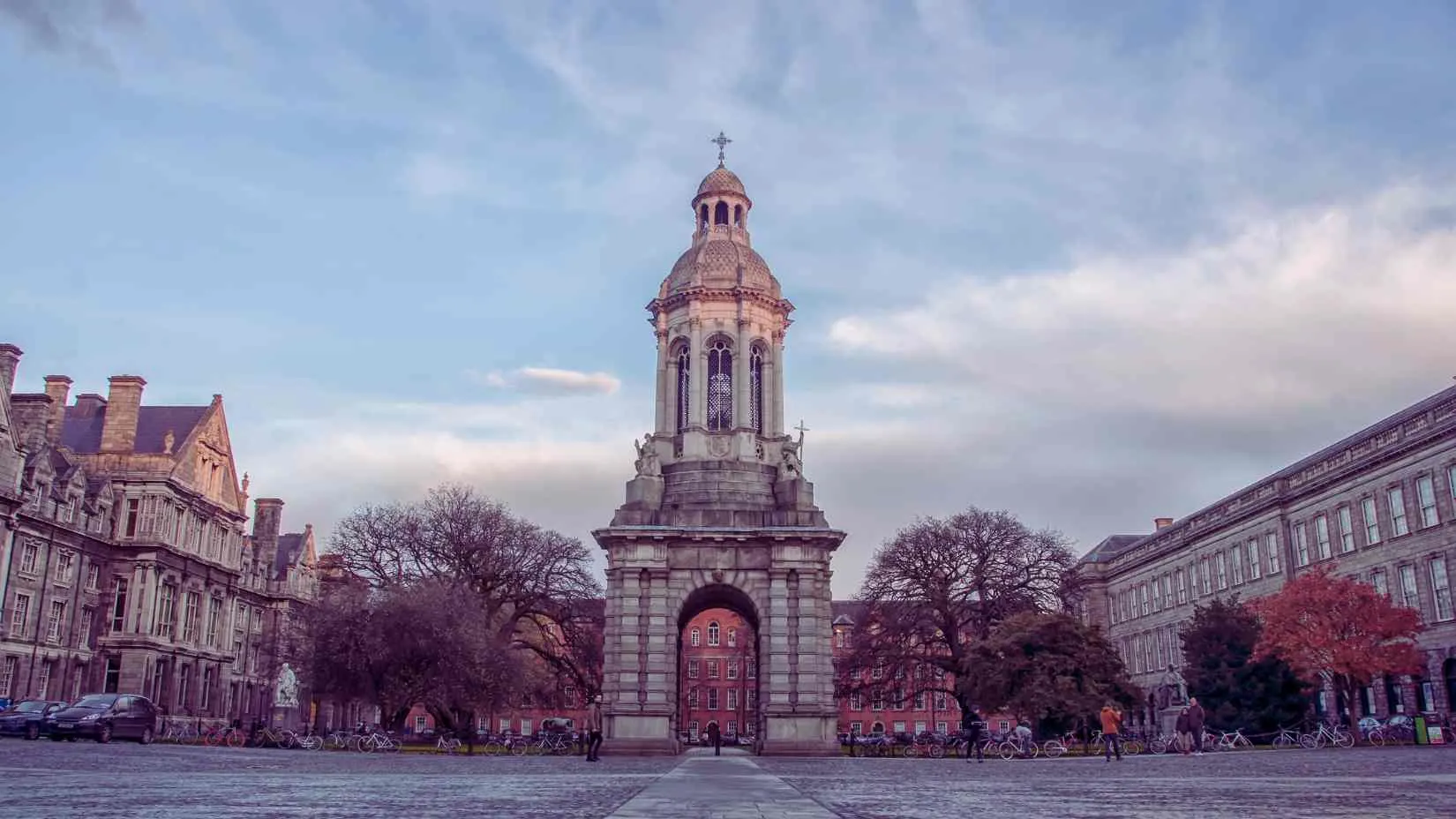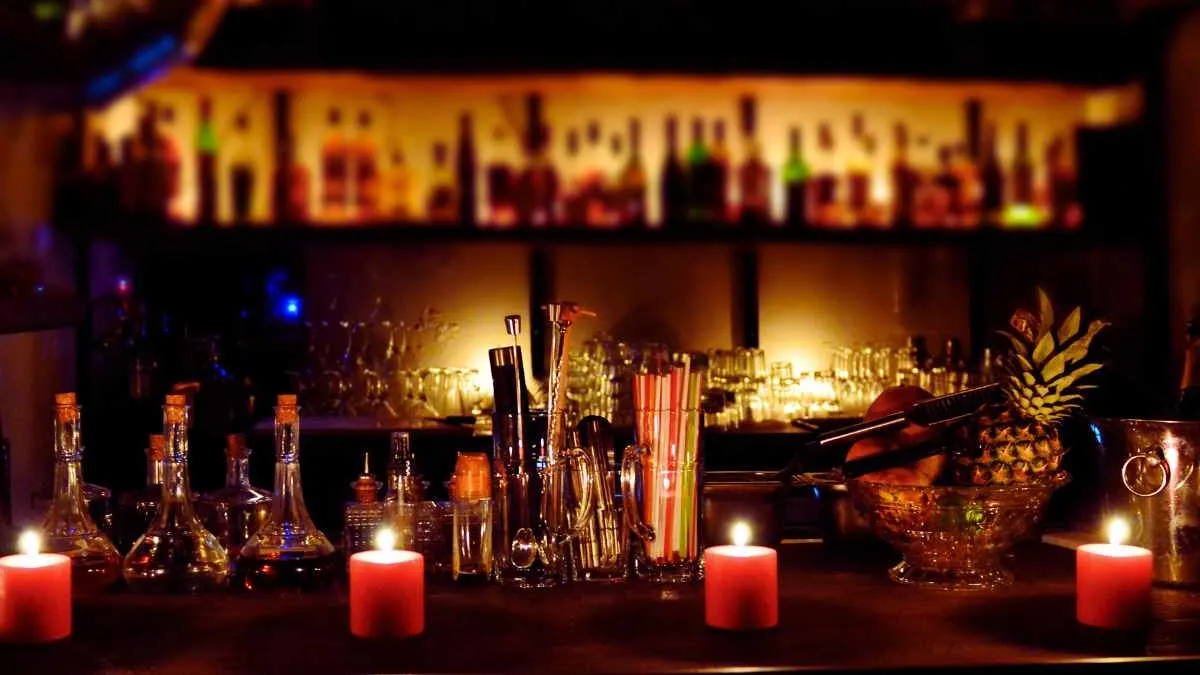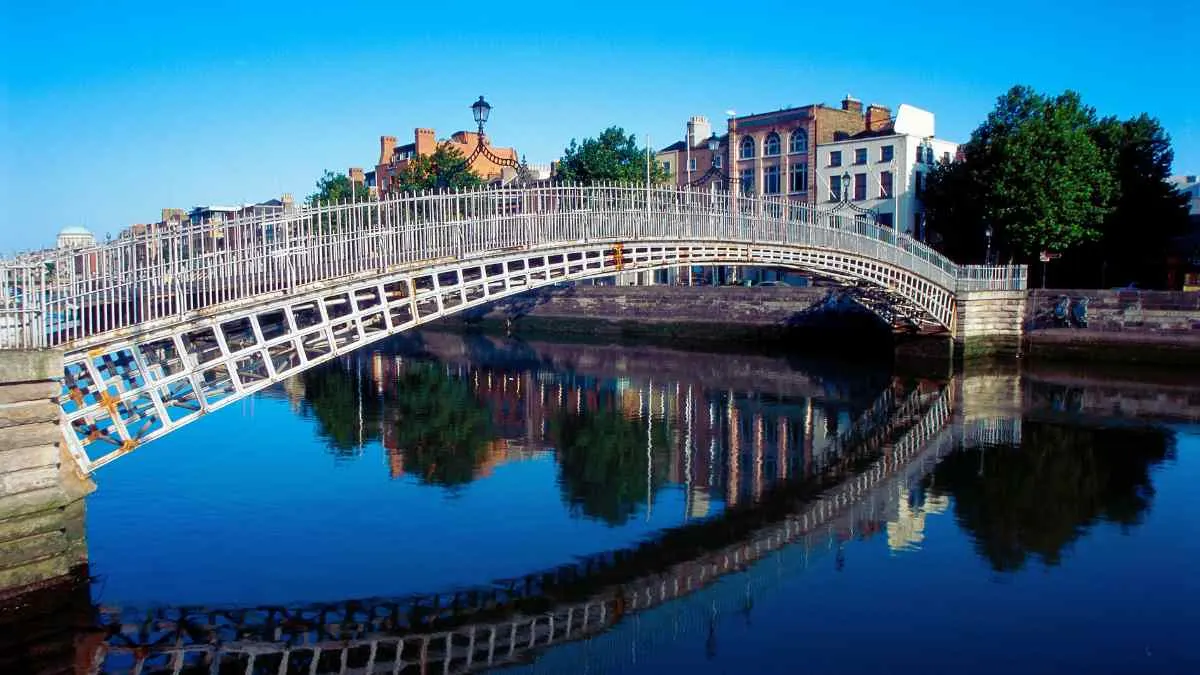Dublin, the vibrant capital of Ireland, is known for its rich history, welcoming people, lively pubs, and beautiful landscapes.
If you’re a history buff, a literature lover, or someone who simply enjoys exploring charming cities, Dublin offers something for everyone.
Find historic landmarks like Dublin Castle and the Guinness Storehouse to the buzzing atmosphere of Temple Bar, Dublin is a city brimming with culture, history, and excitement.
We’ll cover everything you need to know for your Travel To Dublin, including the top attractions, tips for getting around, and where to stay.
Why Should You Travel to Dublin?
Dublin is the heart of Ireland, offering a unique mix of history, culture, and modernity. It’s an ideal destination for travelers who want to experience traditional Irish hospitality, explore centuries-old landmarks, enjoy vibrant nightlife, and immerse themselves in the world of literature and art.
Why Travel To Dublin | Insider Tips for First-Time Visitors:
1. Why Visit Dublin?
Dublin is a city that offers both historical significance and modern appeal. Whether you’re strolling along the River Liffey, soaking in the literary atmosphere, or enjoying a pint of Guinness in a traditional pub, Dublin has a way of capturing your heart. Here are some reasons why Dublin is worth a visit:
Rich History and Culture
Dublin is steeped in history, with landmarks that date back to the Viking era. From medieval castles to Georgian architecture, Dublin is a city where the past and present coexist harmoniously. It’s also the birthplace of some of the world’s most famous writers, including James Joyce, Samuel Beckett, and Oscar Wilde.
Lively Atmosphere
Known for its pubs, live music, and friendly locals, Dublin offers a lively atmosphere where you’ll always find something to do. Whether you’re looking to enjoy a traditional Irish folk band or sip on a freshly poured pint of stout, Dublin’s nightlife is unparalleled.
World-Class Museums and Galleries
If you’re a fan of art and history, Dublin won’t disappoint. The city is home to a variety of world-class museums and galleries, such as the National Gallery of Ireland and the Irish Museum of Modern Art (IMMA), which feature collections of art from some of Ireland’s greatest artists.
Pro Tip: Dublin also boasts many free museums, including the National Museum of Ireland, which houses Irish artifacts from ancient times.
2. Top Attractions in Dublin
Dublin is home to a wide array of iconic attractions that provide insight into the city’s fascinating history and culture. Here are the top sights you shouldn’t miss:
A) Dublin Castle

Dublin Castle, built in the 13th century, has served as a fortress, royal residence, and government center. Today, it’s a stunning blend of medieval and Georgian architecture and is open to the public for guided tours.
-
Why Visit: Explore the lavish State Apartments, the medieval Undercroft, and the beautiful Castle Gardens. The Castle offers a glimpse into Ireland’s history, with both royal and political significance.
B) Guinness Storehouse

No trip to Dublin is complete without visiting the Guinness Storehouse, one of Ireland’s most visited attractions. Learn about the brewing process, the history of Guinness, and its cultural impact, all in a unique setting.
-
Why Visit: End your visit at the Gravity Bar with a pint of Guinness while enjoying panoramic views of the city.
C). Trinity College and The Book of Kells

Trinity College is Ireland’s oldest university and home to the famous Book of Kells, an illuminated manuscript dating back to the 9th century. The library at Trinity College is one of the most beautiful in the world, with rows of ancient books that stretch to the ceiling.
-
Why Visit: The Book of Kells exhibition is a must-see, offering insight into the artistry of early medieval manuscripts. The Long Room in the library is an architectural masterpiece.
D). St. Patrick’s Cathedral

St. Patrick’s Cathedral, built in the 12th century, is the largest cathedral in Ireland. It’s dedicated to Saint Patrick, the patron saint of Ireland, and stands as a testament to Ireland’s Christian heritage.
-
Why Visit: The cathedral’s stunning architecture and its rich history make it a popular stop for travelers. Don’t miss the chance to explore the beautiful gardens surrounding the cathedral.
E). Temple Bar

Temple Bar is Dublin’s cultural quarter, known for its cobbled streets, vibrant pubs, restaurants, and live music venues. It’s a lively area where you can experience the heart of Dublin’s nightlife.
-
Why Visit: Temple Bar is the perfect place to sample Irish cuisine, listen to traditional Irish music, or simply enjoy a pint of beer in one of Dublin’s most famous pubs.
3. How to Get Around Dublin:
Dublin is a relatively small city, making it easy to explore on foot. However, for those who prefer other options, there are a variety of transportation methods available.
A) Public Transportation
-
Dublin Bus: Dublin has an extensive bus network that covers most of the city. It’s an affordable way to get around and explore neighborhoods that may not be within walking distance of the main attractions.
-
LUAS Tram: The LUAS is a light rail system that connects various parts of the city. It’s a great way to travel quickly between destinations.
-
Dublin Bikes: Dublin has a bike-sharing program, which is perfect for exploring the city at your own pace. There are bike stations scattered throughout the city, and the bikes are easy to rent for short trips.
B) Walking
Dublin’s compact city center makes it easy to walk between most of the major attractions. Walking is not only the most affordable way to explore the city but also the best way to discover hidden gems like alleyways, cafes, and charming streets.
C) Taxis and Ride-Sharing
Taxis and ride-sharing services like Uber are also available, though they can be more expensive compared to public transportation. It’s best to use these for convenience or when you’re in a hurry.
4. Where to Stay in Dublin:
Dublin offers a wide range of accommodation options to suit every type of traveler, from budget-friendly hostels to luxurious five-star hotels. Here are some options based on location and preference:
A). Budget Accommodation
-
Abraham House: A well-rated, budget-friendly hostel located near O’Connell Street. It’s perfect for backpackers or those looking to meet fellow travelers.
-
The Dean Dublin: A stylish, budget-friendly hotel with a great location, offering modern amenities and a trendy atmosphere.
B). Mid-Range Accommodation
-
Clayton Hotel Burlington Road: Located in a quieter part of the city, this mid-range hotel offers comfortable rooms and easy access to Dublin’s attractions.
-
The Alex Dublin: A charming boutique hotel with a central location, great for exploring Dublin on foot.
C). Luxury Accommodation
-
The Merrion Hotel: An elegant five-star hotel located in the heart of Dublin. It’s a luxurious option with top-tier service and fine dining.
-
The Westbury Hotel: A luxury hotel situated near Grafton Street, offering exquisite rooms, a high-end spa, and easy access to Dublin’s best shopping and dining.
Read Next: 6 Travel Booking Websites | Tips, Deals & Reviews
5. When is the Best Time to Visit Dublin?
The best time to visit Dublin largely depends on your preferences for weather, crowds, and events.
-
Summer (June to August): The summer months are the most popular time to visit Dublin, offering warm weather and plenty of outdoor festivals. However, this is also when Dublin is busiest, so expect higher prices for accommodations and attractions.
-
Spring (March to May): Spring is an ideal time to visit for pleasant weather and fewer crowds. It’s also when Dublin celebrates St. Patrick’s Day (March 17), the city’s most famous event, with parades, parties, and festivals.
-
Autumn (September to November): The autumn months offer mild weather and fewer tourists. It’s also a great time to find deals on accommodations.
-
Winter (December to February): Winter in Dublin can be cold and damp, but it’s the least crowded season, and the festive atmosphere makes it a cozy time to visit, especially during the Christmas season.
FAQs:
Q: Is Dublin expensive to visit?
A: Dublin can be expensive, especially when it comes to accommodation and dining. However, there are plenty of budget-friendly options, including affordable restaurants, free museums, and public transportation.
Q: What is the best way to get to Dublin from the airport?
A: The most convenient way to get from Dublin Airport to the city center is by taking the Airlink Express bus, which runs frequently and offers direct routes to central locations.
Q: Do I need to rent a car in Dublin?
A: It’s not necessary to rent a car in Dublin if you plan to stay within the city. Public transportation and walking are usually sufficient. If you plan to explore outside of Dublin, renting a car may be useful.

